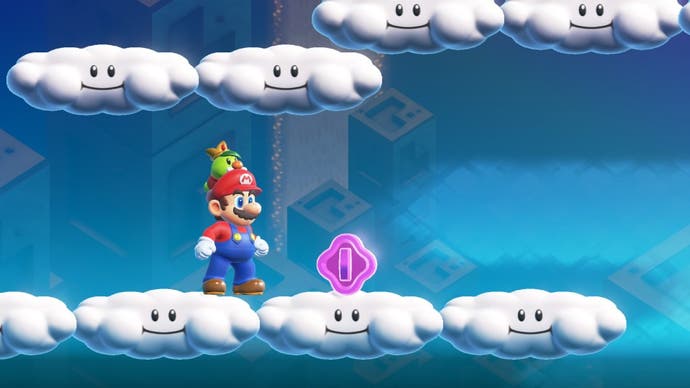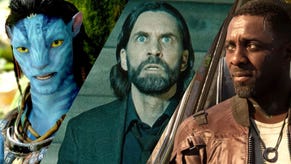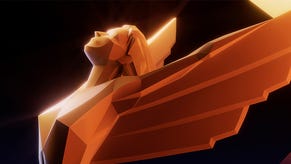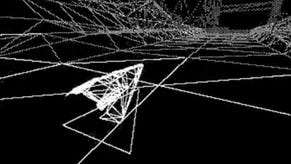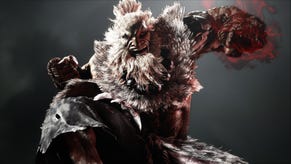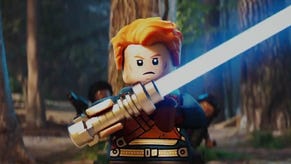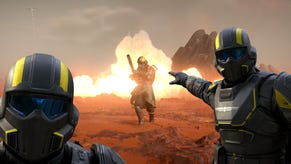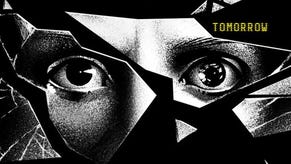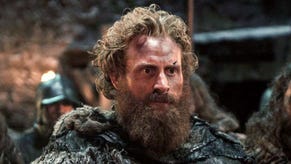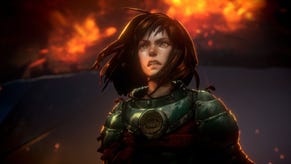Super Mario Bros. Wonder almost had sports-style live commentary
That's why the flowers talk.
Super Mario Bros. Wonder almost had running 'live' commentary, like a sports game.
Nintendo has released the final part of its Ask the Developer interview for the game, which includes discussion of live commentary that was ultimately scrapped.
"Tezuka-san also once asked, 'Can't we have live commentary?'. I had absolutely no clue what he meant. But I interpreted it as a desire for a new experience, even if it's not necessarily in the form of live commentary," said Shiro Mouri, the game's director.
Koichi Hayashida, who worked on the game design, added: "We actually spent about six months seriously developing live commentary. We tried adding voices to match the player's actions. Even though we'd added various voices, questions like, 'Who's doing this commentary?' started to pop up amongst the team. Something about it just didn't feel right."
The default voice for the commentary was "generic, like a newscaster", explained Mouri, but an option to switch to a Tsundere commentary was also included.
Tsundere is a Japanese term for a character who acts rude and cold, often to conceal more caring feelings. Mouri noted that quite a few playtesters switched to this style of commentary.
"But if we were to do this commentary feature seriously, just the process of creating voice variations alone would've involved a tremendous amount of work," said Takashi Tezuka, a producer on the game. "So, unfortunately, we had to let it go. Still, it would've been a shame to shut down the whole experiment. So we brought in an additional team member to dedicate themselves to this feature full-time."
Mouri then explained discussion about the Talking Flowers occurred around the same time, and so the commentary morphed into these characters instead.
Said Hayashida: "It's nice that you're never lonely when the Talking Flowers are there. If you were all alone in a course, it might feel like it was you against the world, but the Talking Flowers speak to you at just the right time."
Composer Koji Kondo also discussed the impact of sound, particularly on the game's Wonder elements. Previously, he'd only join game development in a project's latter half - but here he was more involved from an earlier stage.
"I've always wanted to try something along the lines of having the entire course come alive like a musical," said Kondo. "To begin with, we tested it out by having Piranha Plants come out of their pipes in sync with the music, and the level designers created a course where the pipes and the platforms move. This went down well with the development team, so we adjusted it so that various enemies and stage elements would move to the rhythm. But the level designers didn't know much about beat or metre, and the sound team wasn't familiar with level design, so it was hard going."
This then morphed into other musical ideas, including the Rhythm Jump Badge that can be used on all courses.
Indeed, the badges are a key way to allow players to experience the game in their own way - a major influence from Mario's 3D games.
Said Tezuka: "I felt that 2D Mario games often had the reputation of being unforgiving. Compared to 3D Mario games, just one mistimed action can lead to a bigger mistake, since you have fewer options in terms of movement. In this game, we've changed that. We've designed it so that players can conquer the game with their ideas and use their heads, not just their skills, to progress."
Hayashida added: "With all that in mind, we felt that a 2D Mario game adapted to the times would be one that you could complete your way. For example, up until now, 2D Mario games have been in a format where players complete each course in sequence. But in this title, players who want a challenge can start with a difficult course, and beginners can start with an easier one. Each course has its difficulty indicated too."
Earlier in the interview, the development team insisted the game wasn't influenced by the Mario film, as well as why Goombas bite.
Super Mario Bros. Wonder will launch on Friday, 20th October. It received a full five stars in Eurogamer's Super Mario Wonder review.
"In truth, the angle here is that every level is its own angle, and each angle has these little sub-angels, throwaway gimmicks, one-shot animations, bespoke enemies," Christian Donlan wrote. "They called it Super Mario Bros. Wonder. They could just as easily have called it Super Mario Bros. Imagination."
